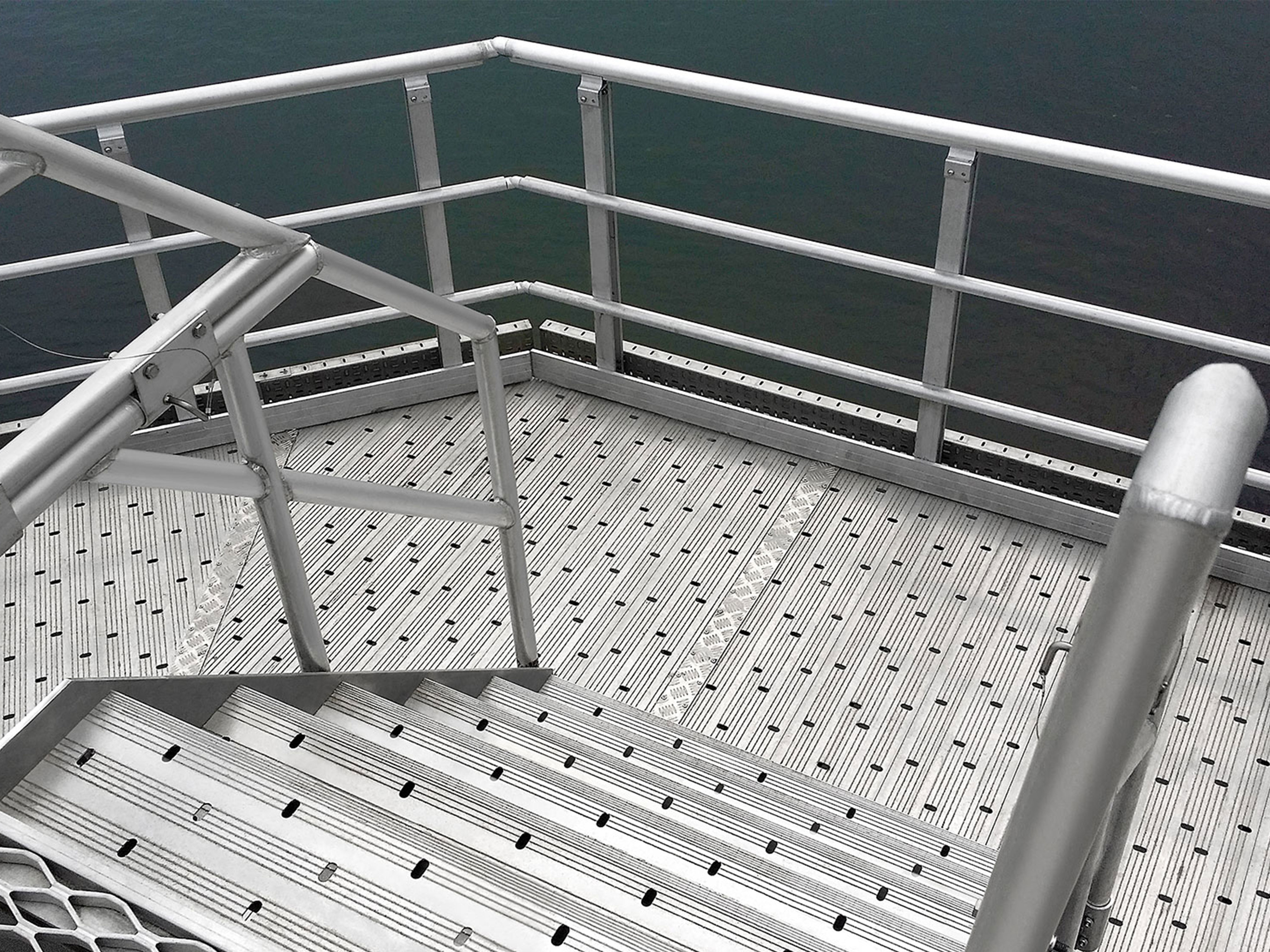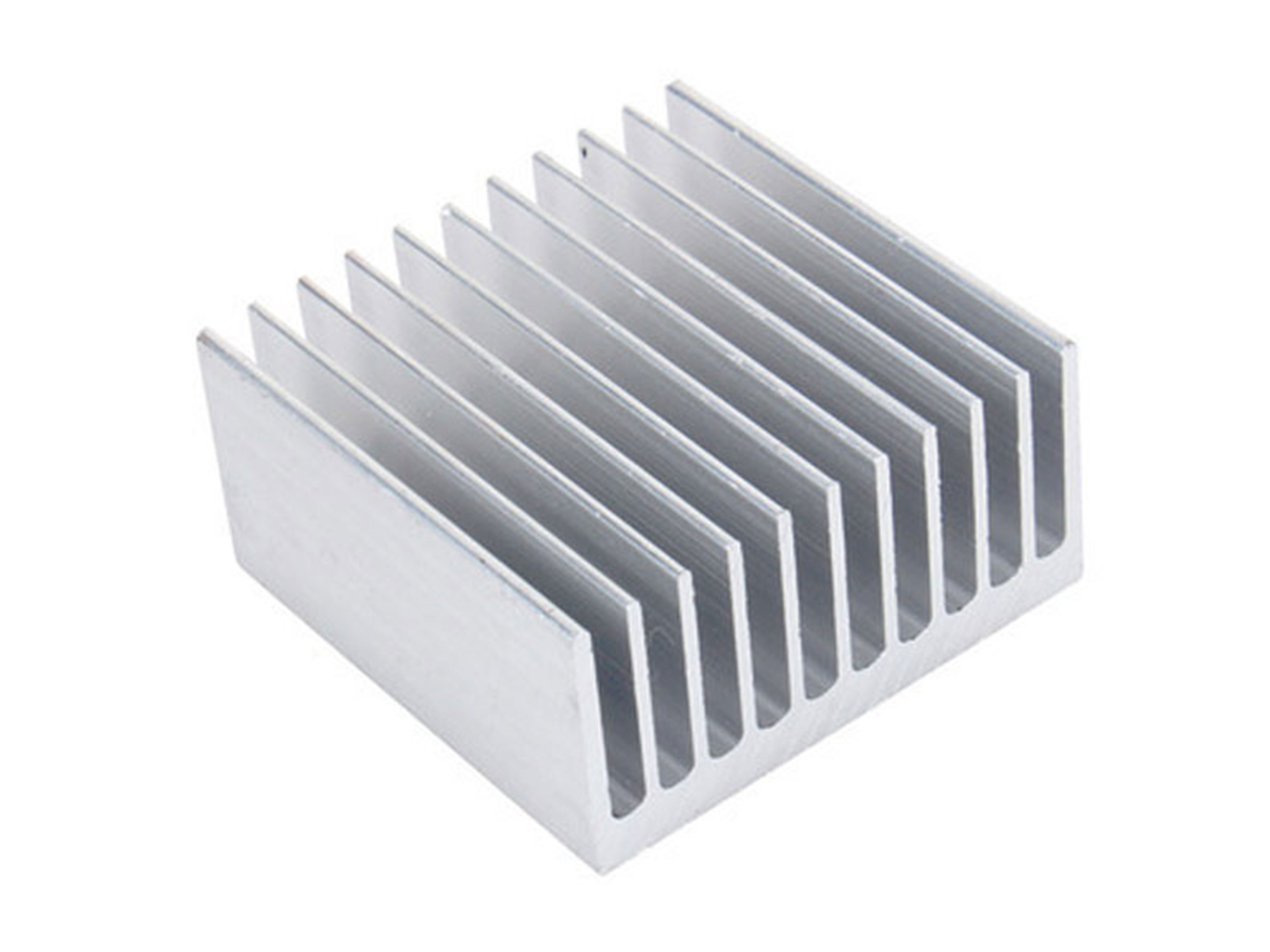Marine Aluminum Heat Sink Profile for Offshore Vessel Engine Cooling Systems
In the demanding environment of offshore vessels, engine cooling efficiency becomes a pivotal factor in operational reliability and safety. Marine aluminum heat sink profiles have emerged as the optimal solution in managing thermal dissipation in engine cooling systems.
The Functionality of Marine Aluminum Heat Sink Profiles in Engine Cooling
Offshore vessel engines operate under extreme thermal loads, necessitating a robust heat management system to maintain optimal temperature ranges. Marine aluminum heat sink profiles are designed to facilitate rapid heat dissipation from critical engine components by maximizing surface area contact with the cooling medium—usually seawater or a dedicated coolant loop.
functions include:
- Enhanced Thermal Conductivity: Utilizing marine-grade aluminum alloys with superior thermal conductivity (around 150–230 W/m·K depending on alloy), they efficiently transfer heat from engine parts to external cooling fluids.
- Corrosion Resistance: In offshore marine environments, exposure to saltwater accelerates corrosion. Specialized aluminum alloys and surface treatments develop a natural oxide layer preventing deterioration, thereby enlarging service life.
- Structural Integrity and Vibration Dampening: The heat sink profiles are engineered with optimized cross-sectional designs ensuring adequate stiffness and vibration damping, which is vital under the mechanical stresses observed in engine environments.
Applications in Offshore Vessel Engine Cooling
Heat sink profiles made from marine aluminum serve critically across diverse cooling system components:
- Engine Block Heat Exchangers: Custom-profiled fins assist in conducting engine block heat to seawater passages.
- Turbocharger Intercooler Units: Enhancing heat rejection from compressed air before combustion improves engine efficiency.
- Exhaust After-Treatment Cooling: Aluminum profiles integrated into after treatment systems prevent heat-induced damage.
- Electronic Control Units (ECU) Cooling Fixtures: These fins maintain stable temperatures for sensitive control electronics operating onboard.
Such applications demand profiles adapted with varied geometries, thicknesses, and alloys tailored for specific heat dissipation rates and mechanical loads. Advanced simulation using CFD and FEA tools often dictates precise dimensional design aligning with vessel operation parameters.
Technical Parameters and Standards
Alloy and Temper Designations
The most favorable alloys and temper conditions for marine heat sink profiles in offshore applications typically conform to the standards below:
| Parameter | Specification | Description |
|---|---|---|
| Alloy Series | 6000 series (Al-Mg-Si) | Medium strength, excellent corrosion resistance, weldability |
| 5000 series (Al-Mg) | Superior corrosion resistance in marine environments | |
| Typ. Alloy Example | 6061-T6, 5052-H32 | 6061-T6 provides good mechanical properties, 5052-H32 optimal for high corrosion resistance |
| Temper | T6, H32 | T6: Solution treated and artificially aged for strength; H32: Strain hardened and stabilized |
| Thermal Conductivity | 170 – 220 W/m·K | Depends on exact composition and temper |
| Density | ~2.70 g/cm³ | Light-weight advantage critical for vessels |
| Standard Compliance | ASTM B308/B308M-21, EN 573-3 | Controls chemical composition and mechanical properties |
Chemical Composition: 6061 Marine Aluminum (Typical, wt.%)
| Element | Minimum | Maximum |
|---|---|---|
| Silicon (Si) | 0.40 | 0.80 |
| Iron (Fe) | - | 0.70 |
| Copper (Cu) | 0.15 | 0.40 |
| Manganese (Mn) | - | 0.15 |
| Magnesium (Mg) | 0.80 | 1.20 |
| Chromium (Cr) | 0.04 | 0.35 |
| Zinc (Zn) | - | 0.25 |
| Titanium (Ti) | - | 0.15 |
| Aluminum (Al) | Balance | - |
Implementation Conditions and Best Practices
- Surface Treatment: Although marine aluminum naturally forms protective oxide layers, anodizing or powder coating is recommended for extreme offshore exposure to enhance durability against aggressive saline corrosion.
- Precision Extrusion Profile: Advanced CNC extrusion techniques allow formation of complex cross-sectional heat sink profiles, enhancing specific heat dissipation performance.
- Mechanical Fastening and Joining: Profiles are often mechanically fastened or brazed ensuring stable assembly with the engine housing, paying heed to galvanic corrosion where dissimilar metals contact.
- Quality Testing: Thermal and mechanical property testing shall conform to ASTM E1225 (Electromagnetic heat conductivity testing) and UN-19 marine certification where applicable for offshore vessels.
To optimize engine cooling performance using marine aluminum heat sink profiles, engineers must transcend empirical design—leveraging thermodynamic modeling combined with marine cosmology . Each vessel’s unique operational cycle, including idle periods in open-sea conditions or maximum load near shore, demands customized thermal interfaces within allowables of structural durabilities for aluminum.
Additionally, integration with the vessel’s fluid dynamic environment must consider not only heat transfer coefficients but abrasion, sediment deposits, and flow-induced vibrations intrinsic to offshore marine operations.
In conclusion, marine aluminum heat sink profiles offer the offshore vessel industry a remarkably robust, corrosion-resistant, and thermally efficient solution for engine cooling systems. Through clearly defined alloy selection, tempering processes, and precisely controlled production standards, these components enhance the reliability, safety, and effectiveness of vessel engines under notoriously harsh maritime conditions. the intertwining of metallurgical composition and engineering design facilitates optimal deployment—safeguarding missions on the world’s most challenging waters.
Related Products
Marine aluminum fencing and railings
Marine Grade Aluminum Fencing and Railings are fabricated using marine-grade aluminum alloys such as 5083, 5052, and 6061, which are engineered specifically for protection against saltwater corrosion and marine atmospheric conditions.
View DetailsMarine aluminum customized shapes
Marine Grade Aluminum Customized Shapes encompass a broad range of aluminum extrusions and fabrications engineered beyond standard profiles—such as channels, angles, tubes, and beams—into complex, project-specific geometries.
View DetailsMarine aluminum heat sink profile
Marine Grade Aluminum Heat Sink Profiles utilize alloys such as 6061 and 6063 that not only exhibit high thermal conductivity but also possess excellent corrosion resistance required for saltwater exposure.
View DetailsRelated Blog
6061 Marine Aluminum Fencing and Railings for Custom Offshore Deck and Railings
6061 Marine Aluminum fencing and railings provide a lightweight, corrosion-resistant, high-strength solution for custom offshore decks and railings.
View Details6063 Marine Aluminum Heat Sink Profile for Coastal Platform Electronics
Advantages of 6063 marine aluminum heat sink profiles, engineered to provide superior thermal management and corrosion resistance for coastal platform electronics. Ideal for harsh maritime environments.
View Details6061 Marine Aluminum Customized Shapes for Lightweight Offshore Deck Solutions
In the realm of offshore engineering, performance materials dramatically impact the longevity, safety, and efficiency of marine structures. 6061 Marine Aluminum alloys, particularly when fabricated into customized shapes.
View DetailsMarine Aluminum Heat Sink Profile for Saltwater Resistant Electronics Cooling Systems
In the demanding environments faced by saltwater applications, effective thermal management is critical to ensuring the longevity and reliability of electronics.
View DetailsMarine Aluminum Fencing and Railings for High Strength Boat Deck Safety Barriers
When it comes to ensuring safety on boat decks, the choice of fencing and railing materials plays a critical role. Marine aluminum fencing and railings have emerged as the premier solution for high strength, corrosion-resistant.
View DetailsMarine Aluminum Customized Shapes for Custom Offshore Vessel Structural Parts
Manufacturing custom offshore vessel structural parts demands materials that combine exceptional strength, corrosion resistance, and ease of fabrication under challenging marine environments.
View Details











Leave a Message